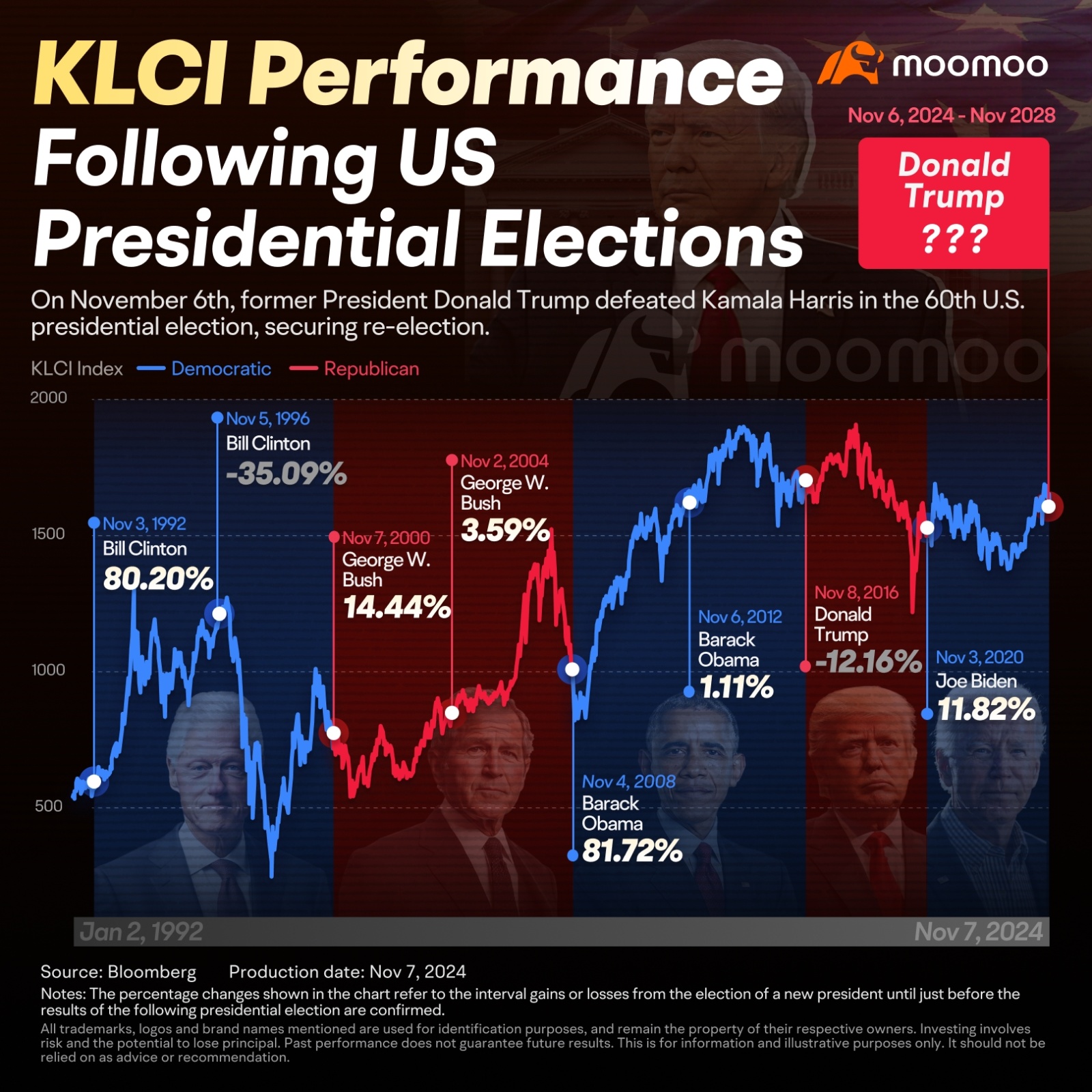TSLA
Tesla
-- 417.410 NVDA
NVIDIA
-- 137.490 MSTR
MicroStrategy
-- 302.960 BA
Boeing
-- 176.550 RGTI
Rigetti Computing
-- 17.0000 
With escalating us-china trade tensions, Malaysia could see increased export demand from us companies looking to source products outside China, creating export growth opportunities in high-value sectors.

sunwukon9 : The water utility business is highly defensive, and $PBA (5041.MY)$ stands as the undisputed monopoly in Penang, with zero competition. Its valuation is extremely attractive, and the company is on track to achieve at least RM150 million net profit in 2025. At just a 10x forward P/E, the stock could soar to RM4.53, and at a more favorable 15x P/E, it reaches a compelling fair value of RM6.80.
Penang boasts the second-lowest domestic water tariff in the country, giving PBA immense upside potential for future tariff hikes. With new SPAN regulations allowing operators to increase tariffs every three years, PBA is primed to capitalize on this.
PBA is set to experience robust earnings growth, projected at an impressive 20% CAGR through 2030, fueled by ever-increasing water demand and expected tariff hikes in both 2026 (non-domestic consumers) and 2027 (domestic). Each tariff increase will flow straight from revenue to the bottom line, magnifying profit growth and shareholder returns.
104088143 : How about that
104556909 : good
105671137 :![undefined [undefined]](https://static.moomoo.com/nnq/emoji/static/image/default/default-black.png?imageMogr2/thumbnail/36x36)
Alice Lim choo : good
NiceOne : great news!
enfath2022 : great news
103185773 :![undefined [undefined]](https://static.moomoo.com/nnq/emoji/static/image/default/default-black.png?imageMogr2/thumbnail/36x36)
Leo9612 : nice
103356238jenny tan :![undefined [undefined]](https://static.moomoo.com/nnq/emoji/static/image/default/default-black.png?imageMogr2/thumbnail/36x36)
View more comments...